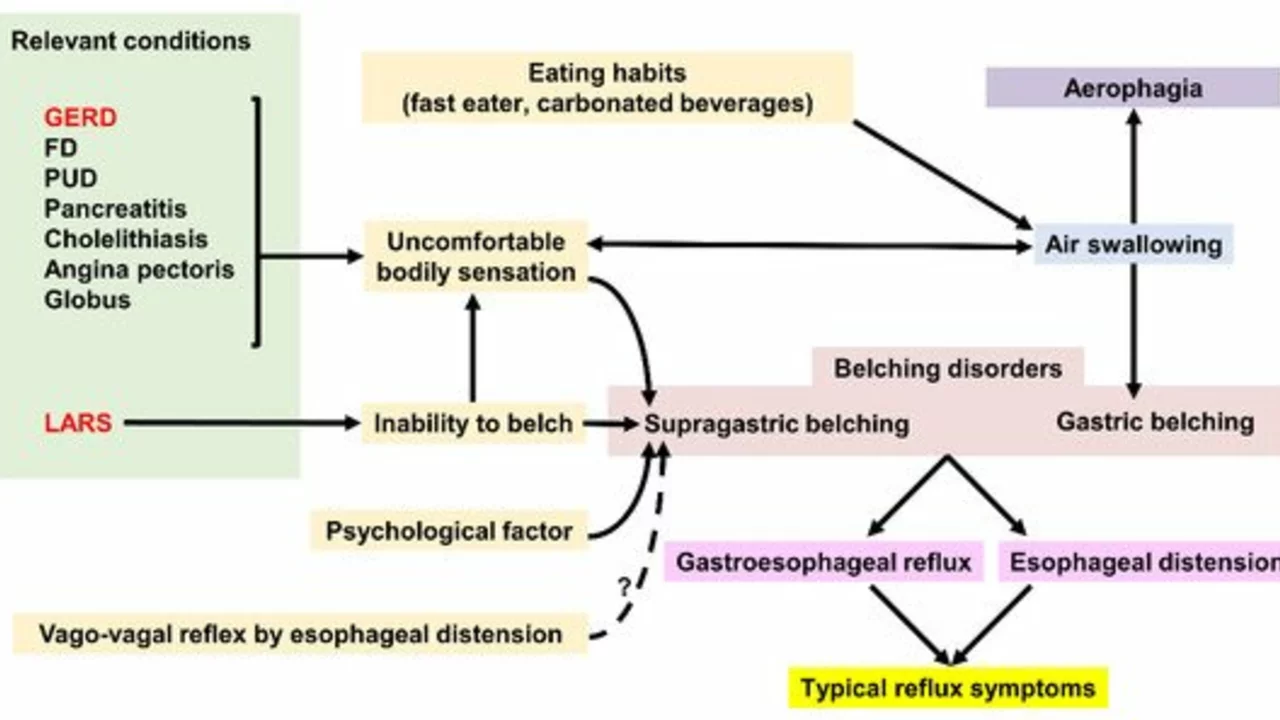Angina Treatment: Simple Steps to Ease Chest Pain
If you’ve ever felt that tight squeeze in your chest after climbing stairs or getting stressed, you’re probably familiar with angina. It’s a warning sign that the heart isn’t getting enough oxygen. The good news? You don’t have to live with constant worry. Below are easy‑to‑follow treatments and habits that can lower episodes and keep you active.
Medication Choices for Angina
The first line of defense is usually a prescription from your doctor. Nitrates like nitroglycerin open up blood vessels quickly, giving relief in minutes. Keep the tablet or spray handy – it works best when you feel the pain start.
Beta‑blockers such as metoprolol slow down the heart rate, reducing oxygen demand. If you’re on a beta‑blocker, take it exactly as prescribed; missing doses can bring symptoms back fast.
Calcium channel blockers (e.g., amlodipine) relax artery walls and improve blood flow. They’re especially helpful if nitrates cause headaches or if you have high blood pressure at the same time.
Statins aren’t a direct pain reliever, but they lower cholesterol and stabilize plaques that can trigger angina later on. Ask your doctor whether adding a statin fits your overall plan.
Lifestyle Hacks to Reduce Chest Pain
Exercise might sound scary when you have chest discomfort, but regular moderate activity builds heart strength. Start with short walks, then gradually add a few minutes each week. The goal is to keep breathing a little harder without feeling pain.
Watch your diet. Cut back on salty foods, saturated fats, and sugary drinks. Swap them for fruits, veggies, whole grains, and lean proteins. Even simple swaps—like using olive oil instead of butter—can lower blood pressure and improve artery health.
Stress is a hidden trigger. Try quick stress‑busting tricks: deep breathing (inhale 4 seconds, hold 2, exhale 6), short meditation breaks, or listening to calming music while you work.
Quit smoking if you still do. Each cigarette narrows arteries and spikes heart rate. Even cutting back a few cigarettes a day can make a noticeable difference in how often angina shows up.
Stay hydrated and watch caffeine intake. Too much coffee or energy drinks can cause the heart to race, which may start an episode.
Finally, keep a symptom diary. Write down when pain occurs, what you were doing, and any foods or stressors involved. This record helps your doctor fine‑tune medication doses and spot patterns you might miss on your own.
Managing angina is a mix of the right meds, steady habits, and listening to your body. By following these steps, you can lower the number of painful episodes and enjoy everyday activities without constant fear.
The Role of Lifestyle Changes in Managing Angina Symptoms
In my recent exploration of angina, I've learned just how critical lifestyle changes can be in managing its symptoms. Simple steps such as maintaining a healthy diet, regular exercise, and quitting smoking can significantly reduce the frequency and severity of angina episodes. It's also crucial to keep stress levels in check as it directly impacts heart health. Additionally, regular health check-ups and adherence to prescribed medication also play a key role. It's clear that a comprehensive approach combining lifestyle modification and medical treatment can help in effectively managing angina.
© 2025. All rights reserved.

